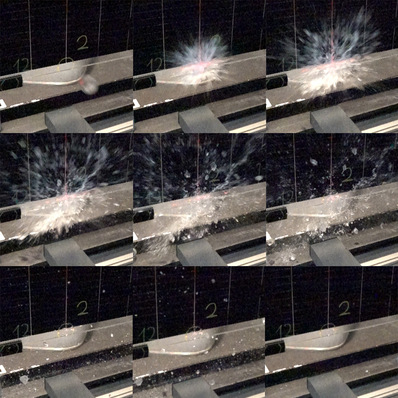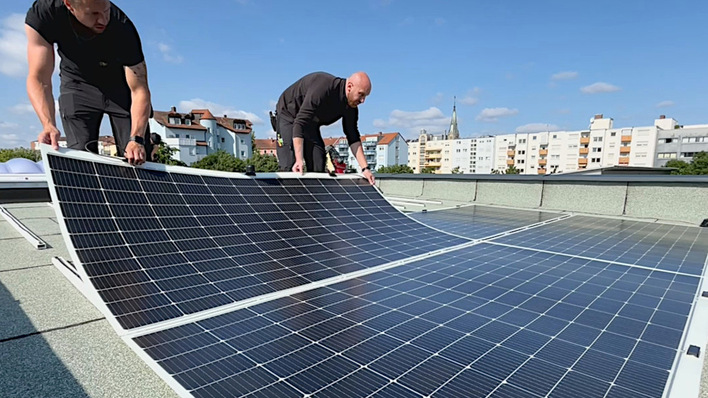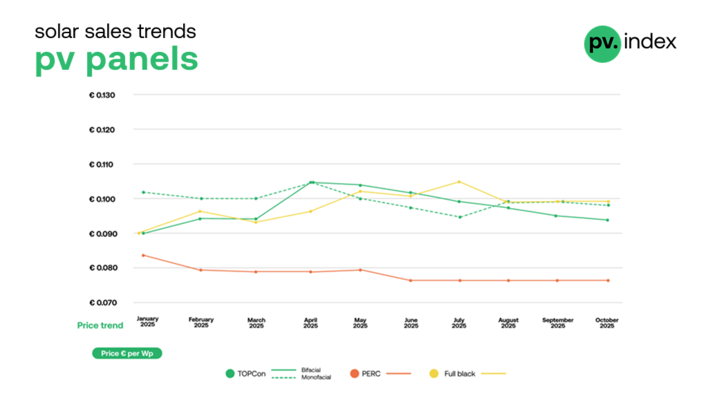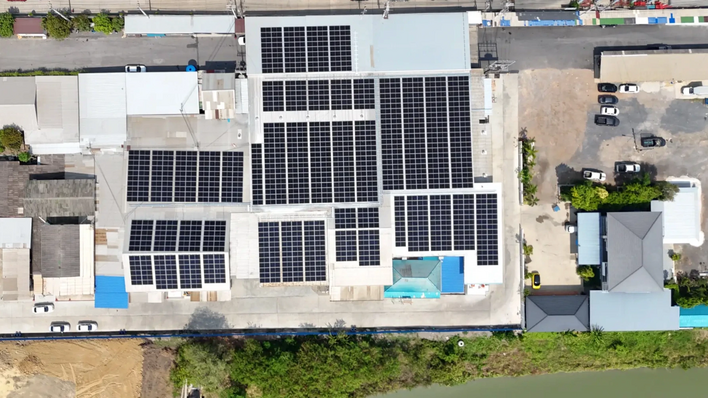pv Europe: What you see as the core pioneering business models for solar in Europe?
Sonia Dunlop: The two most important business models are self-consumption and power purchase agreements. In the first case the operator owns the system. For PPAs a third party owns the system and sells the power to consumer on-site or off-site. Further to these two core business models, we identified cooperatives and virtual power plants as two additional business models.
But are the conditions and markets in Europe not too diverse to transfer good-practice examples and business cases to other regions?
Of course, the conditions are quite different. But I think it is still useful to identify innovative business models in various countries and to spread these best practices to other countries. We have also looked at a wide range of application segments from single family homes to multi-occupancy commercial buildings, rented apartments or ground-mount. Each business model we have illustrated with practical examples. Examples of best practices are the mini-utility model in Ireland, synthetic PPAs in UK where a plant operator supplies a commercial consumer with a fixed rate or “Mieterstrom” in Germany. Or we looked at the forthcoming collective-self consumption model in France, where consumers and power producers that are part of a single legal entity within a low voltage branch of the grid can sell power directly. If the legal framework conditions are suitable these models can also show the way for business models in other countries.
Hence a more solar friendly policy in Brussel and the EU member states is still crucial?
Policy change are still necessary, to allow those business models to be implemented and to function. We are in the stage of preparing a follow-up policy report, where we want to give ideas how to change the political framework. These include also simple changes on the local and national level, for instance to allow the sharing of solar power within the same building without a lot of bureaucracy. Austria is going that way and adopting rules to facilitate shared power generation by allowing to use cables and wiring within a building without time-consuming permission.
What about financing. Ecofys just identified high capital costs as the main barrier for PV in Southeast Europe?
Reducing the high up-front costs of PV and mitigating the financing risks is key to all the business cases we have identified in our report. The goal is to decrease financing risks and bring down the capital costs. This can lead the way for PV also in Southeastern Europe.
Interviewed by Hans-Christoph Neidlein
Stay informed, get our weekly newsletter. Register here: http://www.pveurope.eu/Newsletter
Related news:








